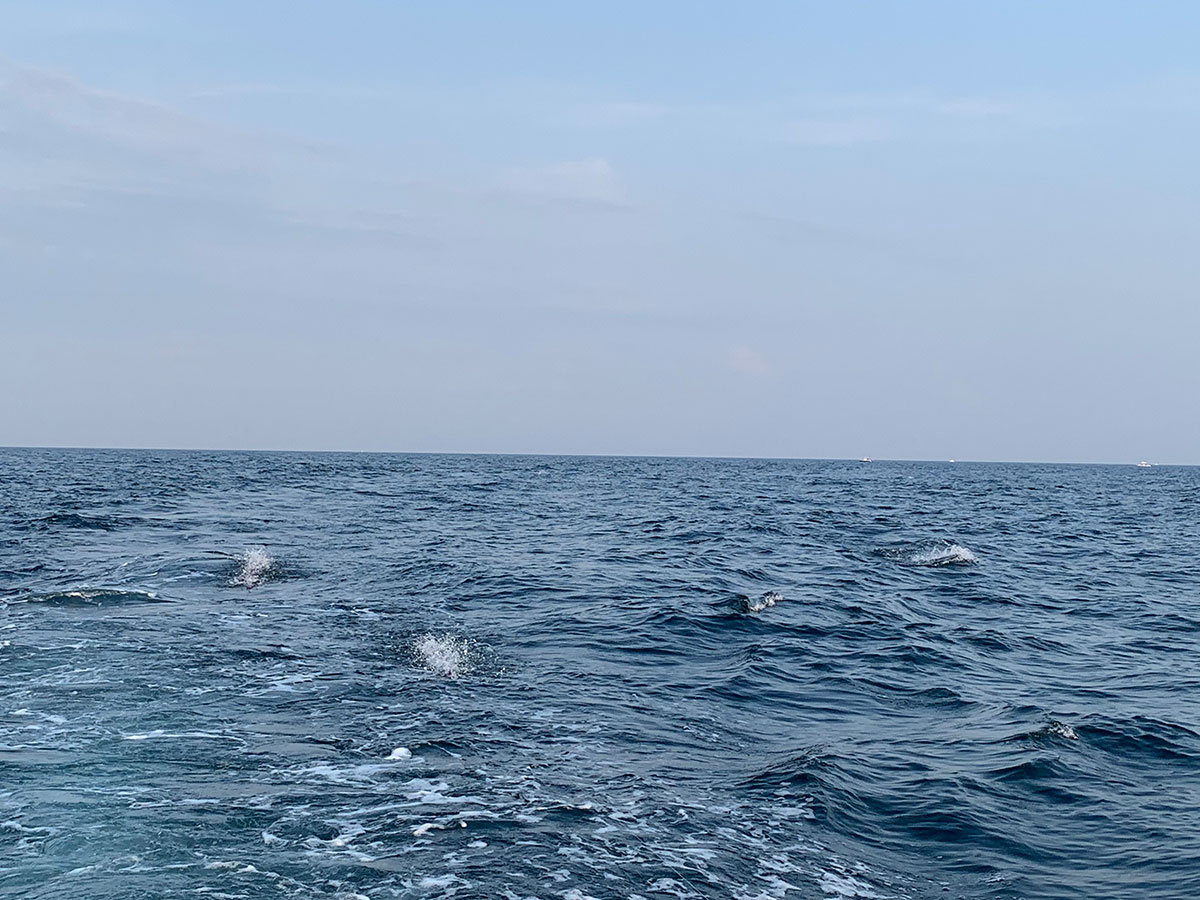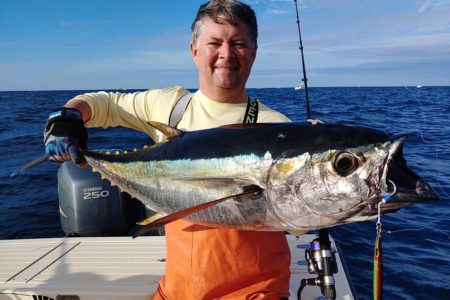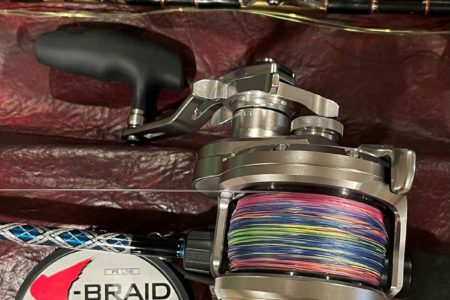
To battle a few tuna it sometimes helps to cause a ruckus.
It’s a pretty exhilarating sight to see a churning spreader bar getting smoked by a hungry tuna. It’s something I never grow tired of, the explosion on the surface, drag burning and line racing off the reel with the once-surface-banging birds on a bar disappearing and getting dragged to the depths of the ocean.
There are reasons spreader bars include components that create splash and commotion, which, in turn, draw strikes. Tuna and other gamefish utilize all the clues they can to find prey. Sound travels far and fast underwater; recall as a child in the bathtub or swimming pool, banging a toy on the edge to make that loud, clear noise underwater. Recently, while snorkeling down south, I observed some parrotfish feeding on organic matter stuck to rocks, clearly hearing the fish’s teeth grinding on the rocks.
Back in the fishing world, consider the sounds birds make while feeding on bait; tuna chicks, terns, frigates, gannets, shearwaters, and others all have their own distinct noises while feeding. Some birds slurp from the top while others dive deep and corral bait. Their entry to the water, the splash that follows and the traveling sound of their wings pushing the sea makes nearby tuna aware that forage is available, thus drawing the predatory fish towards the ruckus.
Of course, the bait itself has its own auditory identity. Squid, sand eels, herring, bunker, bluefish, and other baitfish species sound different as they swim or ball up. Even the sound of forage being eaten has its own sound that will attract tuna and other desirable games; it’s Pavlov’s Dog Science on full display.
Lure designers and manufacturers have learned that creating a sound that appeals to the auditory and lateral line senses of gamefish will draw more fish to the spread. Southern New Jersey tackle innovator Steve Bruenig of Sterling Tackle continues to make tuna and big game lures that can help draw strikes by the bushel. His 18- and 36-inch Wide Tracker and spreader bars employ numerous birds that draw tuna to the bulb squid or machines in the bar. The birds create a rhythmic symphony that are proven to bring fish in. After fantastic success with Wide Trackers, which get an offshore presentation outside the wake without the use of outriggers, Bruenig took the concept of splash a step further with his Chaos Bars, which add even more auditory noise to the bar by using rattle birds running down the center; the trailing squids that lead to the stinger also contain rattles.
By focusing on the sound and movement of the lures, Chaos Bars work well in a variety of conditions, from still calm to a light or moderate chop, where a little ramped-up noise can be just what’s needed. “In real-life observation, bait splashing across the surface typically means a feeding frenzy is beginning and happening,” said Bruenig, adding, “This basically signals to other fish that it’s time to eat! Baitfish have been pushed up against a barrier (the surface), which greatly reduces their ability to escape.” As Bruenig noted, “The more splash, the more intense the triggering mechanism is firing off in the predator fish.”
“We used to take a bluegill on my mom’s pond and hook it in the back and send it back out to catch a largemouth bass,” Bruenig reflected. “But often it wasn’t until we brought the bluegill to the surface and let it kick and cause a splashing commotion precisely on the surface that it would trigger the largemouth to eat it,” he added. The sound emitted high in the column with turbulence, spraying water, drops of water, and a variety of splashes gets the attention of those largemouth and, in part, has played a role in tuna lure innovation.
The Tracker Bars, Chaos Bars, and Sterling’s Crazy 8’s all contain birds ahead of the stinger. Placed in the spread, they are deadly, but captains should keep in mind that the noise created by these lures will also draw tuna to the ballyhoo interspersed into the lure mix behind the boat. Therefore, captains who think ballyhoo or other natural baits might see some bites should still be compelled to include noise-popping bars and chains in their presentation.
From farm ponds to family swimming pools, fishing inspiration, and innovation can arise from the fondest and simplest of memories.


